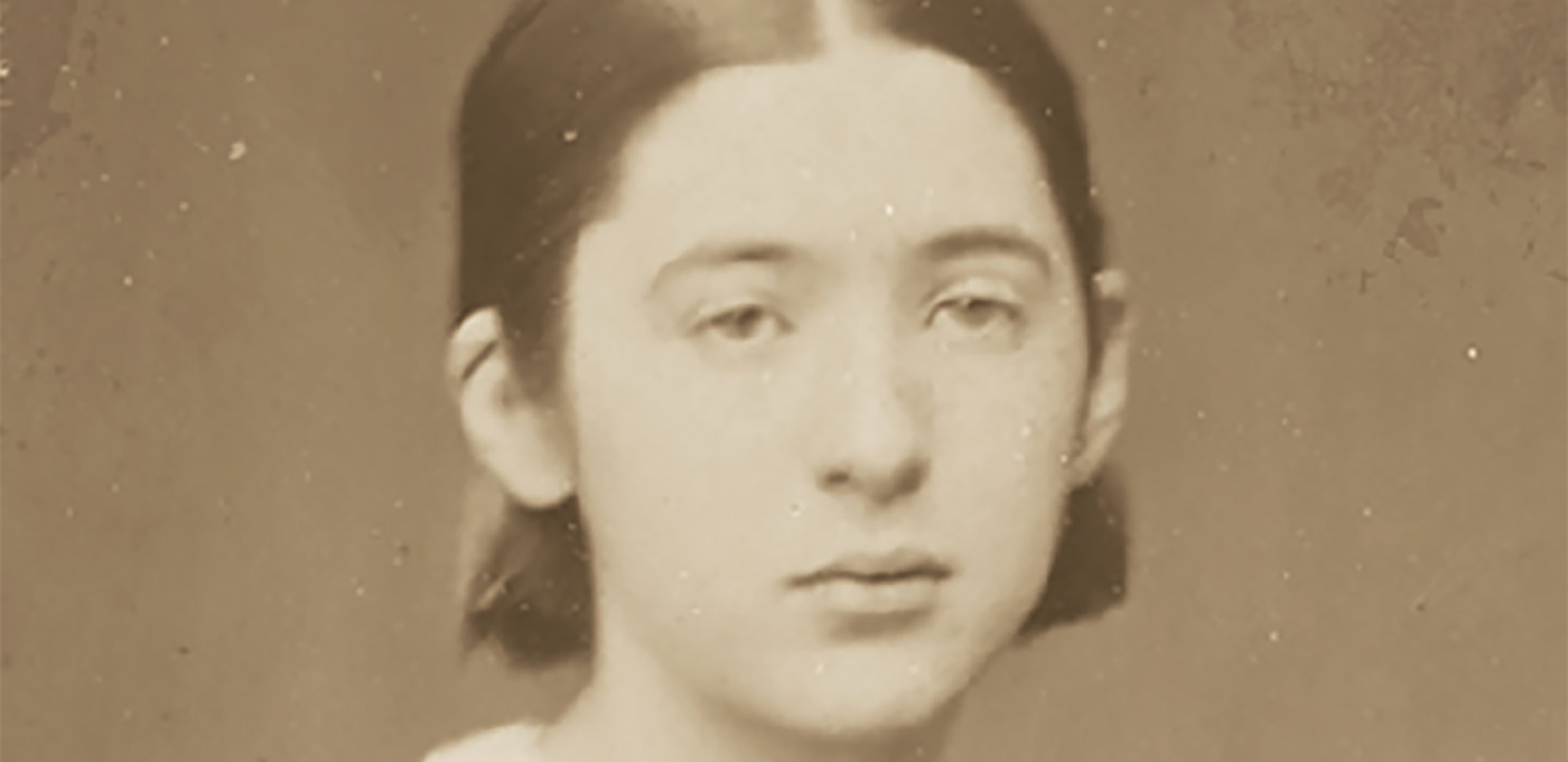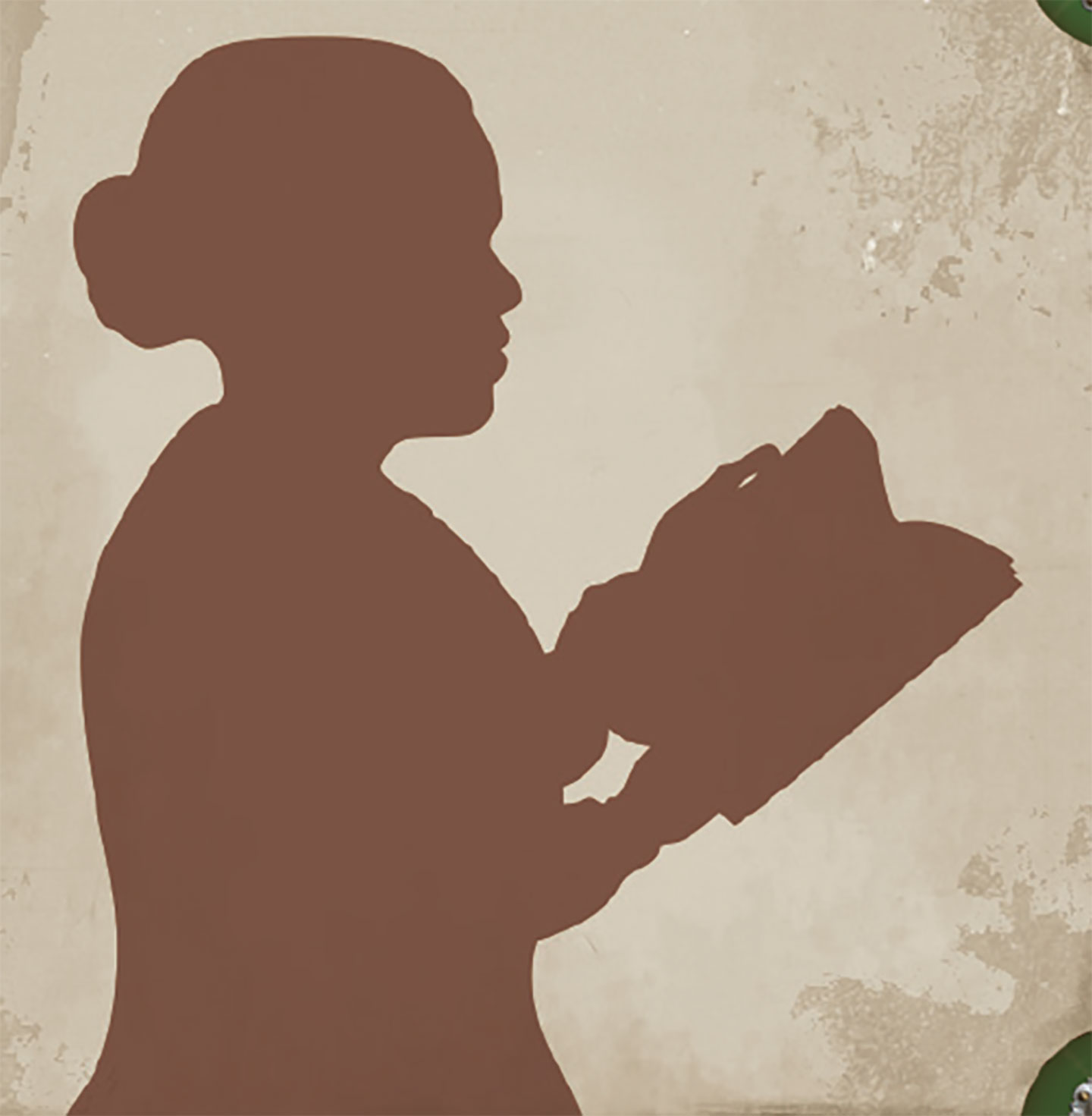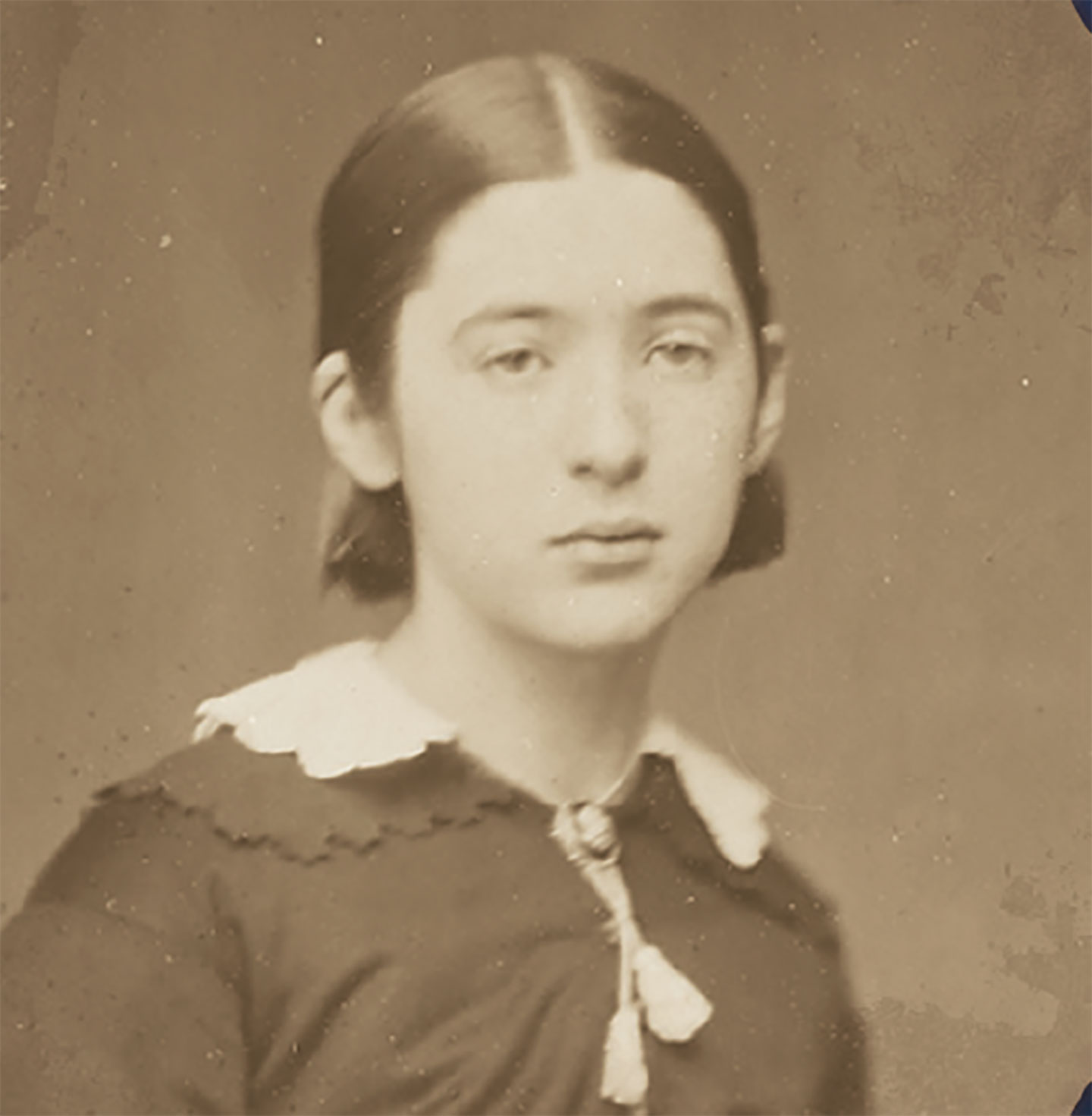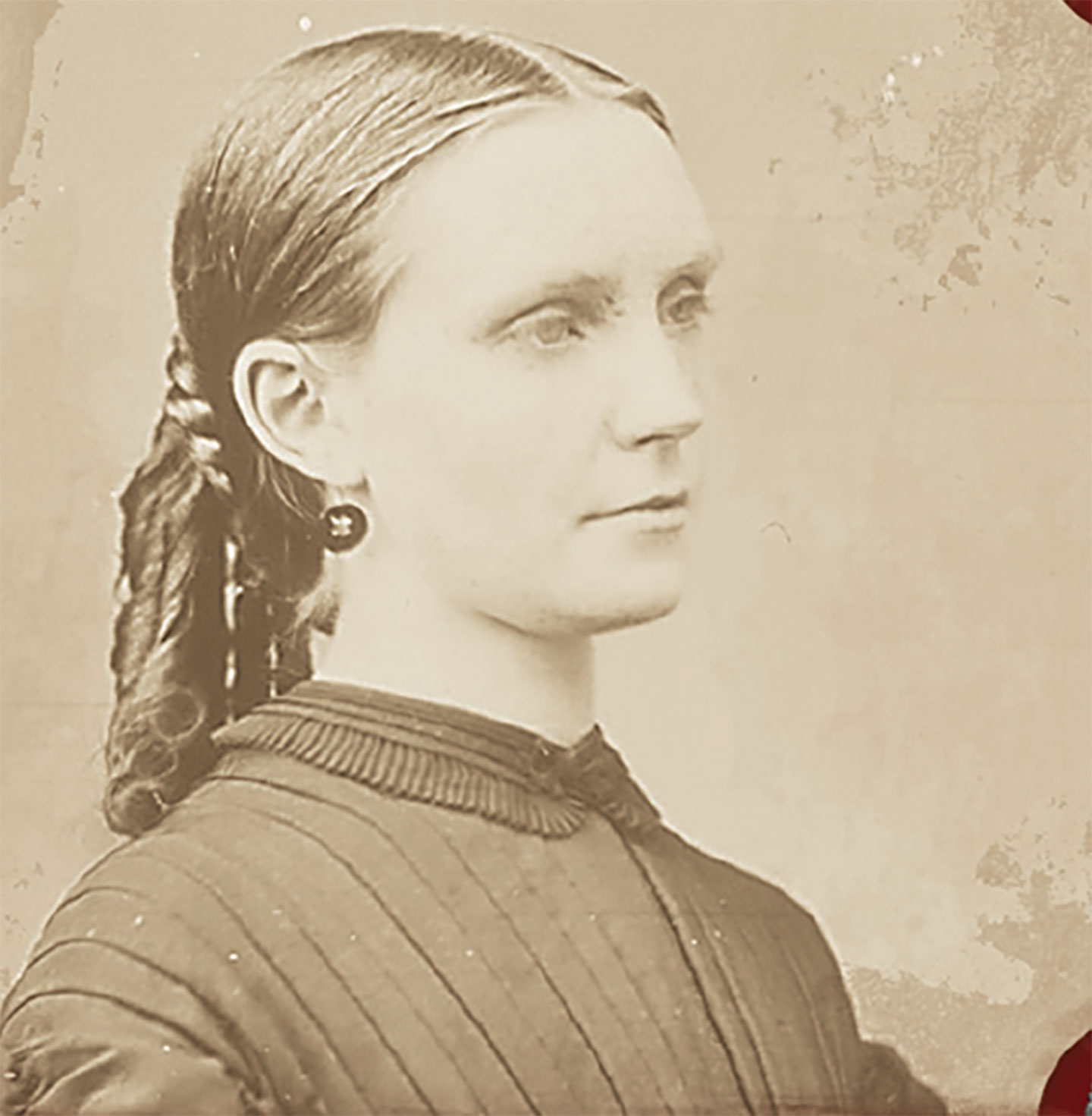
Meet Anna Surratt, Fanny Seward and other Young Adults Affected by the Lincoln Assassination
Ever imagined what it was like to live through President Lincoln’s assassination at Ford’s Theatre? Even when visiting our historic theatre, it can sometimes be hard to put yourself in the shoes of those who experienced such a chaotic and confusing night. But through a new interactive element of our museum, you can follow in the footsteps of real people whom the night of April 14, 1865 forever affected.
This interactive represents the next step in a series of prototyping sprints we undertook in 2017 and 2018 to engage young people in the Museum.
We dug through historical archives and digital libraries of primary sources and books to find stories of people who lived in Washington City (now Washington, D.C.) on that fateful night. By learning how the events covered in our Museum affected people personally, we hope to help visitors better imagine what life was like in Washington during the Civil War.
This summer in our museum, you can uncover four stories:
1. Mary Dines
age 23-25 at the time of Lincoln’s assassination

Mary Dines escaped from slavery to D.C. in the 1850s. When the Civil War began, she moved to Camp Barker, which housed people who had escaped slavery. She was a teacher and singer in the camp’s choir. She even performed for President Lincoln when he visited the camp during the war.
On the night of Lincoln’s assassination, we don’t know exactly where Mary was. When learning John Wilkes Booth had shot Abraham Lincoln, many African Americans in the city went to 10th Street to stand vigil between Ford’s Theatre and the Petersen House.
To learn more about Mary Dines, we recommend John E. Washington’s They Knew Lincoln.
2. Fanny Seward
age 20 at the time of Lincoln’s assassination

Fanny Seward was a well-educated teenager who moved to D.C. in 1861 when her father, William Seward, became Secretary of State. Like her parents, Fanny was an abolitionist and believed that slavery should be outlawed. She kept a diary of her life during the Civil War and wrote about her visits to Contraband camps, where people who escaped from slavery lived as refugees.
On the night of April 14, 1865, Fanny Seward was caring for her father, who had been seriously injured in a recent carriage accident. She witnessed assassin John Wilkes Booth’s co-conspirator, Lewis Powell, enter her home and attack her father while he lay in bed. She wrote in her diary that she thought it was all “a fearful dream.”
To learn more about Fanny Seward, we recommend Trudy Krisher’s Fanny Seward: A Life.
3. James Tanner
age 21 at the time of Lincoln’s assassination

James Tanner was a Civil War veteran who moved to Washington City after being severely wounded at the Second Battle of Bull Run and losing both his legs. By 1865, James had learned to take notes using shorthand and earned a job as a clerk for the War Department.
On the night of Lincoln’s assassination, James lived near Ford’s Theatre. He was called to the Petersen House to help record eyewitness testimony (as given to Secretary of War Edwin Stanton and David Kellogg Cartter, Chief Justice of the Supreme Court of the District of Columbia).
To learn more about James Tanner, we recommend James Marten’s America’s Corporal: James Tanner in War and Peace.
4. Anna Surratt
age 22 at the time of Lincoln’s assassination

Anna Surratt and her mother, Mary, ran a boarding house on H Street, NW, during the Civil War. Anna’s family were Confederate sympathizers – one of her brothers was a Confederate soldier in Texas and the other, John, was a Confederate spy.
On April 14, 1865, a few hours after President Lincoln was shot, soldiers came to Anna’s house looking for John Wilkes Booth and Anna’s brother John. They weren’t there. Three days later, the police came back and arrested Anna and everyone else in the house. Anna didn’t know anything about John Wilkes Booth’s plan to assassinate President Lincoln, but it seemed that her mother did. Anna was set free; her mother was charged as an accomplice in the assassination, put on trial and ultimately executed.
To learn more about Anna Surratt, we recommend Susan Higganbotham’s article, “Mary Surratt’s Loyal Daughter: Anna Surratt.”
Interested in learning more about the lives of these four historical figures, and what became of them? We hope you’ll visit us!

